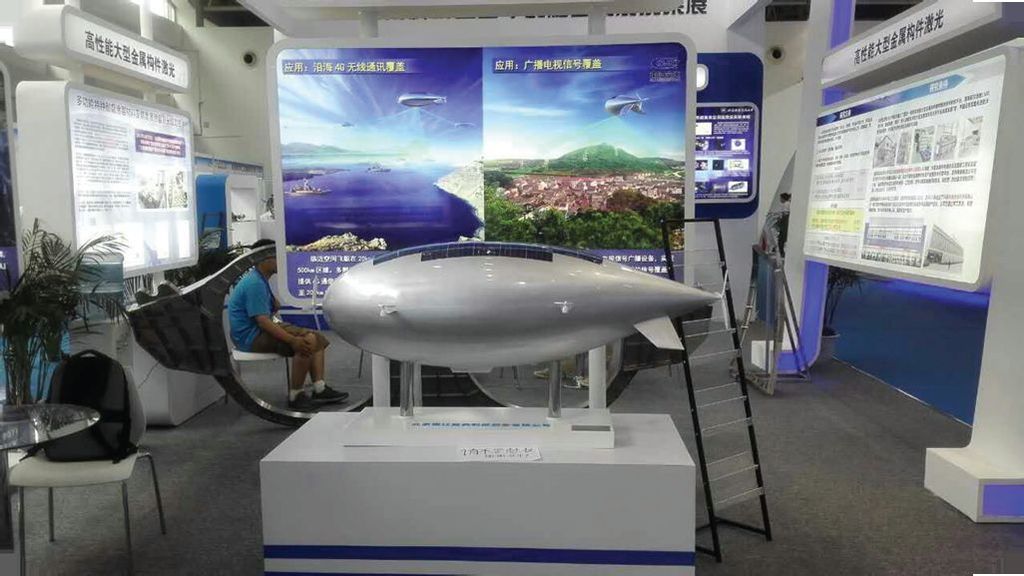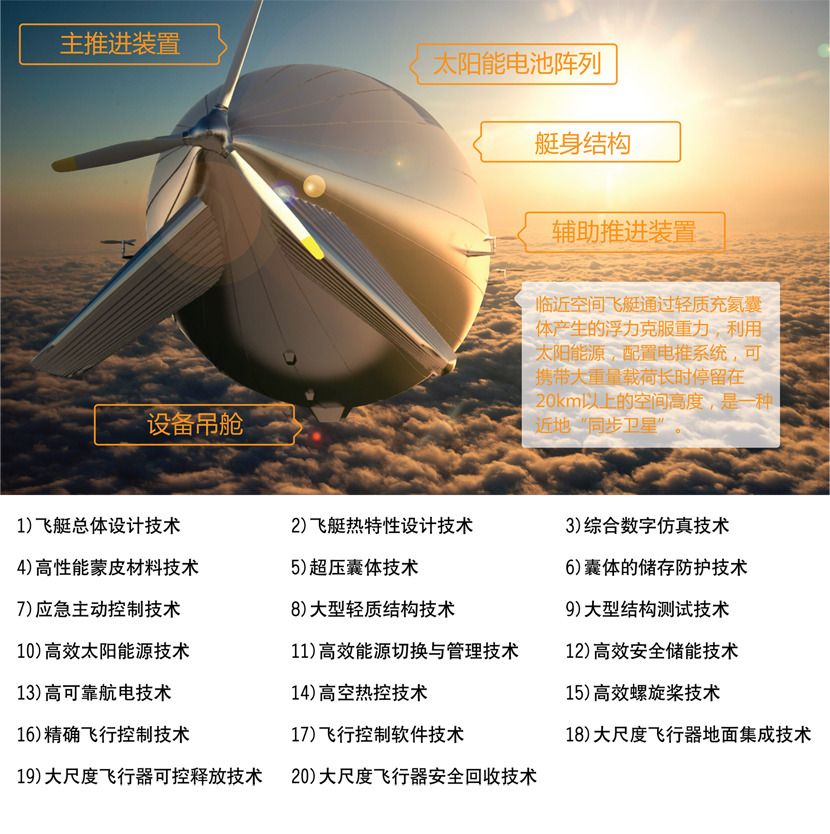China’s launch-vehicle manufacturer, frustrated with a longstanding U.S. government ban on the export of U.S.-built satellite parts to China, is designing a rocket that would be exported in an attempt to escape the law’s reach.
The China Academy of Launch Vehicle Technology (CALT) said it had started negotiations with authorities in Indonesia, Sweden and Tanzania about hosting the Naga-L rocket, designed to appeal to owners of small satellites headed to low Earth orbit. It was not clear how advanced these discussions are.
In the case of the Esrange facility in northern Sweden, now used to launch stratospheric balloons and suborbital sounding rockets, any orbital launch capability likely would be closely scrutinized by neighboring Norway and Finland.
The two-stage Naga-L, based on components used for heavier-lift versions of China’s Long March rocket family, will be capable of placing a 600-kilogram satellite into an 800-kilometer polar low Earth orbit, without using an orbit-raising stage, when launched from Indonesia, CALT’s Haoliang Yang said here Oct. 14 during the 66th International Astronautical Congress.
The rocket’s basic version will be priced at $10 million per launch, Yang said.
For the past 15 years, the U.S. government has banned the export to China of U.S.-built satellites and satellite components, using the International Traffic in Arms Regulations (ITAR) as the enforcement mechanism.
The ban was originally designed as an attempt to slow development of China’s missile technology by crippling its rocket-launch program. Human-rights issues in China have also been used as an argument for maintaining the prohibition, first instituted in 1999.
The ban has not stopped development of China’s Long March vehicles. Two new versions have been introduced this year and China’s 2015-2025 space development plan foresees 100 launches during that period, just for China’s domestic demand.
With U.S. parts embedded in most telecommunications satellites, the prohibition has, for the most part, kept China out of the global commercial launch market except for nations that have elected to purchase a Chinese-built satellite along with a Long March rocket.
Unable to import satellites, China now wants to export a rocket. “We can export this vehicle to get around the ITAR regulations,” Yang said. “It would only be for commercial launches.” A first launch of the two-stage Naga-L, from China, is planned in 2017, he said.





